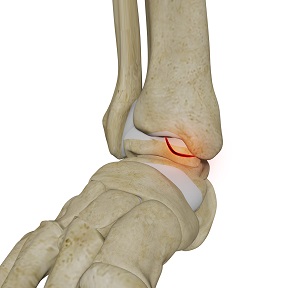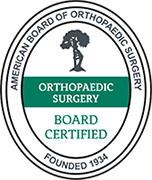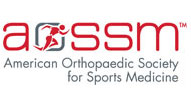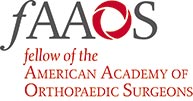
Osteochondral Lesions (OCL) of the Ankle
The tibia and the fibula bones of the lower leg join with the talus bone to form the ankle joint. The talus bone is an important bone located between the tibia and fibula and the heel bone (calcaneus). OCL or OCD is the damage to the cartilage and the talus bone of the ankle joint. Usually, the inner or the medial portion of the ankle is affected.
Causes of OCL of the Ankle
OCL may be genetic or may be caused due to trauma, stress fractures in sports, severe sprain, local osteonecrosis, etc.
Symptoms of OCL of the Ankle
OCL lesions are sometimes asymptomatic. Large lesions are associated with symptoms such as localized ankle pain and discomfort which worsens while walking or running, a clicking or popping sound, swelling, tenderness, weakness of the foot, etc.
Diagnosis of OCL of the Ankle
Osteochondral lesions are diagnosed by a physical examination, X-ray, and CT and MRI scans. Plain X-ray images can reveal other fractures, bone spurs, and narrowing of the joint. A CT scan helps identify any bony fragments but is not very helpful to visualize bone edema or cartilage defects. MRI is the best imaging modality, which helps to visualize the cartilage and bone lesions as well as bone edema.
Treatment of OCL of the Ankle
Non-surgical Method
Small lesions can be treated non-surgically involving the use of a cast, physical therapy, pain medications, strengthening exercises, etc.
Arthroscopy
An arthroscope is a narrow tube with a tiny video camera on one end. The structures inside the ankle are visible to your surgeon on a monitor in the operating room. Your doctor treats OCL by removing the damaged tissue followed by microfracture, which enables natural healing of the damaged bone and cartilage.
OATS Procedure
Large lesions are treated by the OATS procedure. OATS of the ankle is a surgical procedure to treat Osteochondral Lesions of the Talus (OCL) or Osteochondritis Dissecans (OCD). It involves the transfer of healthy cartilage to replace the damaged cartilage and restore the normal function of the foot. The cartilage can be taken from your ankle joint (autograft) for smaller defects. An allograft (graft from a donor) is considered for large defects. During an OATS procedure, multiple, tiny plugs of healthy bone and cartilage are transferred in a pattern that resembles a mosaic, hence, the procedure is also known as mosaicplasty.
Prevention of OCL of the Ankle
OCL of the ankle can be prevented by:
- Learning proper techniques in sports
- Minimizing overuse activities
- Practicing strength training exercises










